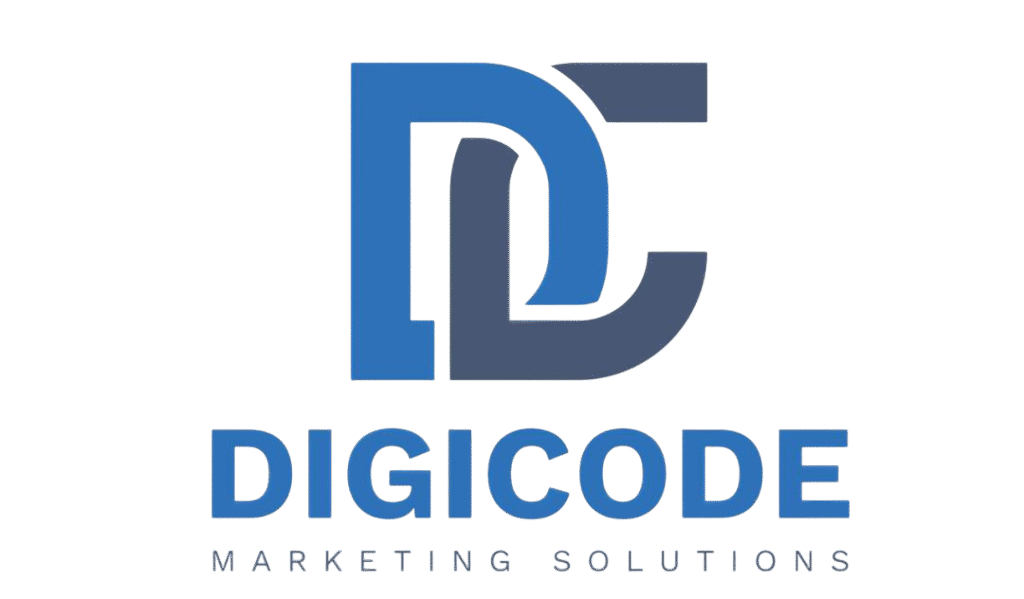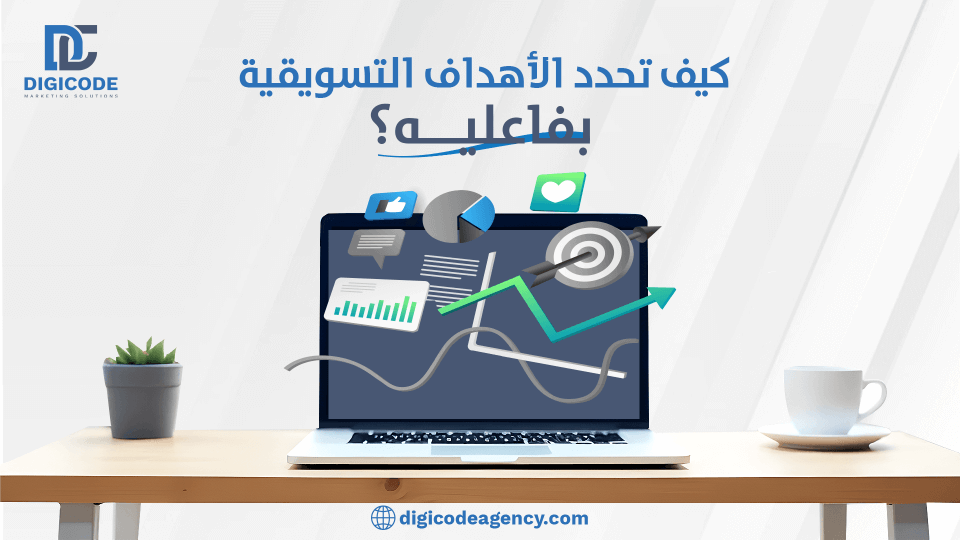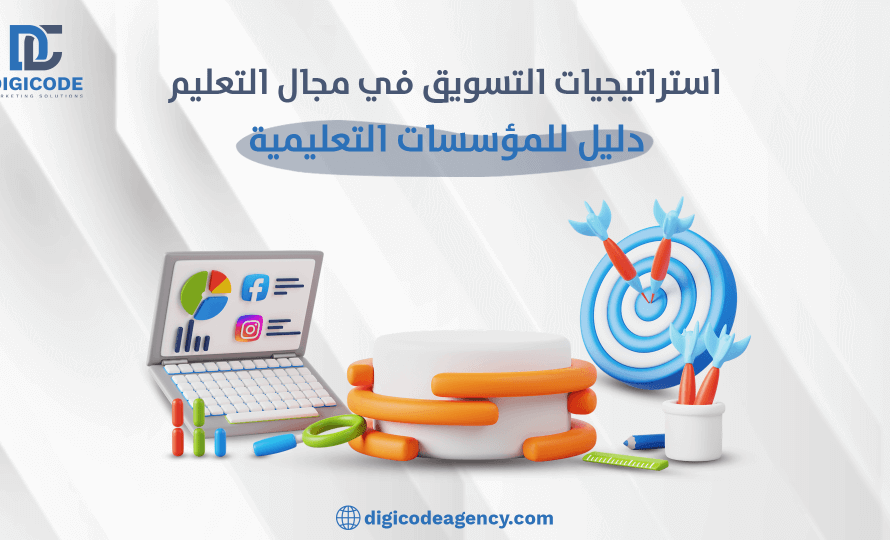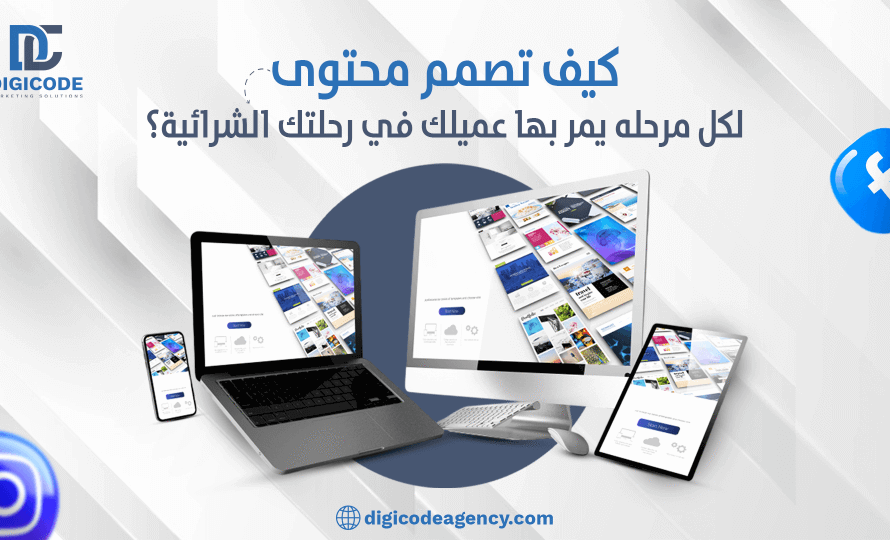Successful marketing depends on a deep understanding of the customer’s purchasing journey. This journey, known as the “Buyer’s Journey,” goes through five main stages, each with unique needs and challenges that require carefully designed content. Let’s review these stages in detail, focusing on how to design content that effectively serves each stage.
- Awareness Stage: Introducing the Problem
At this stage, the customer begins to sense that there is a problem or unmet need. The customer is not looking for specific solutions here; rather, they are seeking to better understand the problem and how it affects them. The primary goal is to attract attention and increase awareness of the problem.
Content objectives:
Draw the customer’s attention to a problem they may not have been aware of.
Provide information that highlights the importance of addressing this problem.
Build an initial relationship with the customer without attempting to sell directly.
Examples of appropriate content:
Educational articles: such as articles discussing common educational challenges, such as the difficulty of learning English.
Educational videos: short clips highlighting the negative impact of not developing certain skills.
Infographics: designs that present statistics and information in a visually appealing way.
- Consideration Stage: Delivering Value
After recognizing the problem, the customer moves on to search for possible solutions. Here, the focus shifts to presenting solutions that can meet their needs. The goal is to highlight how your service can be the ideal solution.
Content Goals:
Present clear and convincing solutions to the problem.
Build trust by demonstrating your expertise in the field.
Clarify the value your brand offers compared to others.
Examples of appropriate content:
Success stories: Present experiences of former students that show how your services helped them overcome challenges.
Solution comparisons: Articles that explain how your services are superior to those of your competitors.
Free workshops or seminars: Give customers the opportunity to experience your solutions firsthand.
Case studies: Highlight how real problems were solved using your services.
- Evaluation Stage: Build trust
Here, the customer compares the options available on the market and looks for detailed information about service quality, cost, benefits, and reputation. The decision is getting closer, and the main goal is to build trust and enhance your credibility.
Content objectives:
Prove that you are the best choice by providing concrete evidence.
Answer common questions that may arise in the customer’s mind.
Remove doubts or concerns about the product or service.
Examples of appropriate content:
Customer testimonials and experiences: such as videos or texts expressing the opinions of parents or students.
Statistics and results: Show the improvements your students have made thanks to your educational services.
Detailed comparisons: Compare the strengths and weaknesses between you and your competitors.
- Decision Stage: Facilitate the choice
At this stage, the customer is about to make their final decision. The important thing here is to remove any obstacles that may delay or prevent the decision, while offering compelling incentives.
Content objectives:
Explain why your services are the best choice.
Offer incentives to motivate the customer to make a decision.
Remove concerns associated with the purchase, such as dissatisfaction or loss of money.
Examples of appropriate content:
Special offers: Limited-time discounts or special packages.
Guarantees: Such as a money-back policy or quality assurance.
Trial model: Such as a free trial period or introductory session.
- Loyalty Stage: Building sustainable relationships
After the customer completes the purchase, the focus should shift to building a long-term relationship with them. This stage is key to retaining existing customers and turning them into ambassadors for your brand.
Content goals:
Enhance the customer experience to ensure ongoing satisfaction.
Provide added value that makes the customer feel part of the brand community.
Encourage customers to share their positive experiences with others.
Examples of appropriate content:
Periodic content: such as educational tips, interactive videos, or informative posts.
Loyalty programs: Offer reward points or discounts to loyal customers.
Surveys: Get direct feedback from customers about their experience.
Share success stories: Invite customers to share their experiences with your services, either through videos or written testimonials.
Conclusion
Each stage of the customer journey represents a unique opportunity to communicate with them effectively. By designing customized content that meets the customer’s needs at each stage, you can improve the customer experience and increase the chances of success for your marketing campaigns.






